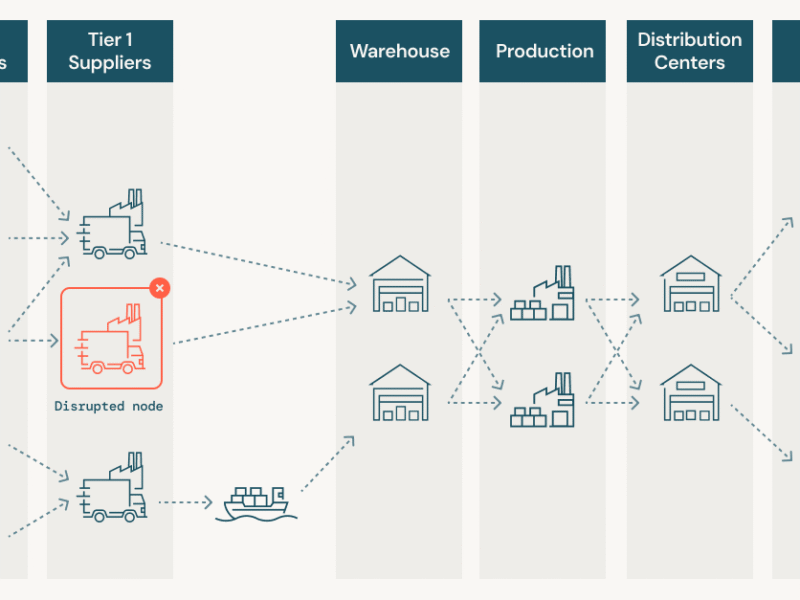Haptics is revolutionizing how we interact with technology by bridging the gap between digital and physical experiences. It enhances user engagement and reinforces learning by incorporating tactile sensations into various applications. From gaming to virtual reality, haptic technology has transformed how we perceive and interact with our digital environments.
What is haptics?
Haptics refers to the scientific study and application of touch in human-computer interaction. This technology plays a crucial role in creating realistic experiences within virtual and augmented realities. By simulating the sense of touch, haptics allows users to interact with virtual environments as if they were tangible.
Definition and origin of haptics
The word “haptics” is derived from the Greek term “haptein,” meaning “to touch.” This field has gained significance in technology, particularly in applications involving virtual reality (VR) and three-dimensional environments, where the need for realistic interaction becomes paramount.
Functionality of haptic technology
Haptic technology employs various input and output devices to convey tactile sensations to users. These devices enhance interactivity in numerous settings, significantly impacting sectors like gaming and training.
Input/output devices
Common input devices include joysticks and gloves designed to deliver tactile feedback. These tools are vital in professional training scenarios, where understanding physical sensations can improve skill acquisition. For example, surgeons use haptic devices to simulate surgical procedures, gaining experience without real-world consequences.
Impact on gaming
In gaming, haptic feedback elevates the immersive experience. Players feel vibrations and movements that correspond with in-game actions, making gameplay more engaging and realistic. This tactile sensation enhances the gaming environment and fosters a deeper emotional connection to the experience.
Types of haptic technology
There are several types of haptic technology, each tailored for specific applications and user interactions. Understanding these types can help identify their relevance in various domains.
Graspable haptic devices
Graspable haptic devices are handheld tools, such as game controllers, that provide tactile sensations during user interaction. These devices are particularly useful in professional fields that require precision, such as surgery or mechanical assembly, where real-time feedback is crucial.
Touchable haptic interfaces
Touchable haptic interfaces are commonly found in smartphones and VR systems. Techniques like mobile vibrations inform users of notifications or alerts, enhancing the interaction experience. These interfaces often include touchscreens that simulate different textures and pressure sensations.
Wearable haptic devices
Wearable haptic devices, including smartwatches and wristbands, provide users with notifications and sensory signals through vibration or pressure. These devices enhance the user experience without requiring direct visual or auditory attention, making them valuable in various contexts.
Forms of haptic feedback
Haptic feedback can take several forms, each suited for various applications and enhancing user experience in unique ways.
Vibrotactile feedback
Vibrotactile feedback is one of the most common forms of haptic feedback, utilizing vibrations to engage users. This method is prevalent in mobile devices, where users feel notifications as vibrations and in gaming, where it adds realism to actions.
Force feedback
Force feedback engages users’ muscles by providing resistance that simulates real-world sensations. This technology is particularly useful in training simulations, as it allows users to experience the physical demands of various tasks, such as operating machinery.
Thermal feedback
Thermal feedback incorporates temperature changes, such as warmth or cold sensations, to enhance immersion in VR. This advanced application creates a more realistic environment by simulating environmental conditions, improving overall user engagement.
Kinesthetic feedback
Kinesthetic feedback provides users with information about a virtual object’s physical attributes, such as weight and texture. This type of feedback is especially useful in sports-based VR applications, helping athletes understand their movements better.
Electromagnetic and ultrasonic feedback
Electromagnetic and ultrasonic feedback use different mechanisms to create tactile sensations. Electromagnetic methods involve magnetic fields to simulate touch, while ultrasonic feedback generates vibrations that can be felt without direct contact, enabling innovative applications in various fields.
Importance and use cases of haptics
Haptics plays a vital role in several industries, enhancing user experience and improving training processes through various applications.
Role in gaming
In gaming, tactile feedback mechanisms create immersive experiences by allowing players to feel actions as they occur. As gaming technology advances, the metaverse will likely integrate more haptic experiences, allowing for even more engaging interactions.
Applications in healthcare
Haptics has significant applications in healthcare, particularly in surgical training tools. Simulators using haptic technology provide realistic environments for medical professionals to practice skills, reducing the risk involved in real-life procedures.
Manufacturing use cases
In manufacturing, haptic technology assists in training devices that improve assembly processes. By offering tactile feedback during training, workers can learn the nuances of their tasks, leading to greater accuracy and efficiency.
Space exploration applications
In space exploration, haptic technology is used in rover control systems that allow operators to experience movements through feedback. This capability enhances remote interaction with extraterrestrial environments, contributing to mission success.
Aviation training
Haptic technology is also employed in aviation training for pilot simulators. Haptic gloves provide realistic interactions within the cockpit, enabling pilots to experience various flight conditions without leaving the ground.
Historical context of haptics
The evolution of haptic communication technology reflects a remarkable journey of innovation and growth in multiple fields.
Evolution of haptic communication technology
The 20th century witnessed key milestones in haptic technology, including early implementations in gaming and aviation. Over the decades, advancements have led to more sophisticated devices and applications that enhance human-computer interactions.
Accelerated adoption due to COVID-19
The COVID-19 pandemic accelerated the adoption of haptic technology across various industries. Remote work and digital interactions have led to lasting changes in how haptic technology is utilized, highlighting its importance in modern communication and training.
Key takeaways: pros and cons of haptics
Haptic technology presents a range of advantages and challenges that are important to consider.
Advantages of haptic technology
Haptic technology significantly enhances learning and user experience. Educational applications benefit from immersive experiences that promote engagement and retention. Additionally, haptics can improve task performance by providing real-time feedback.
Challenges and considerations
Despite its benefits, haptic technology comes with challenges, including cost factors associated with implementation. Analyzing investment versus effectiveness is essential for organizations. Moreover, technical challenges may arise with system connectivity, requiring ongoing support and maintenance to ensure optimal performance.

